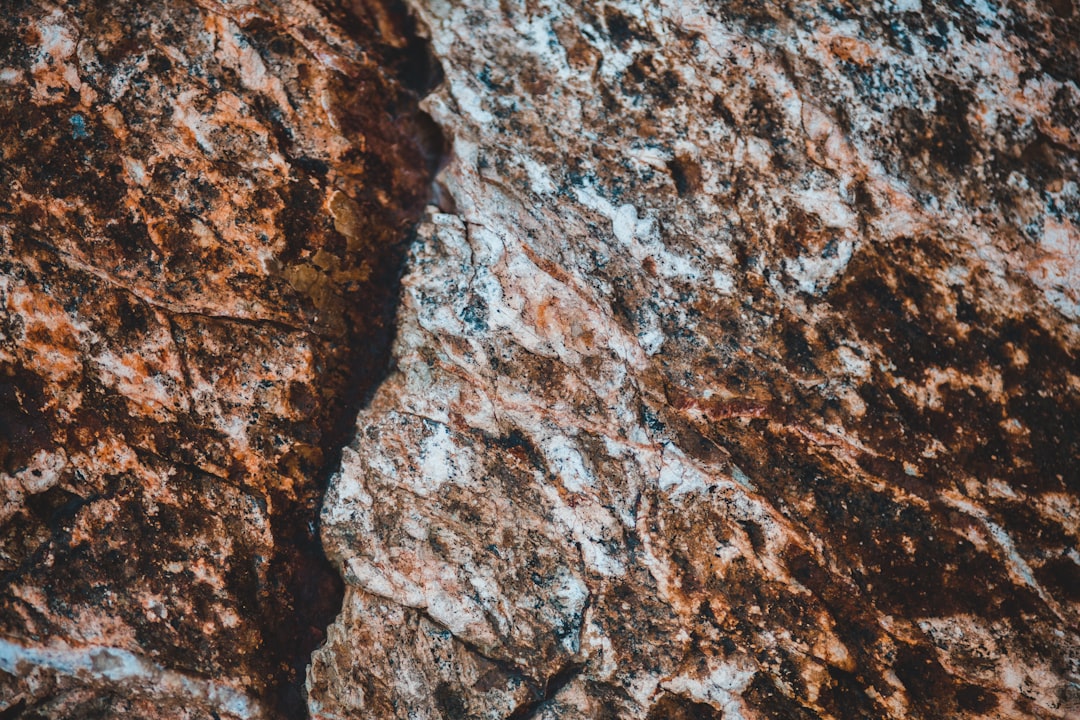What is it about?
We often map or image Earth formation structures such as layering or faults or fractures using acoustic waves. These acoustic waves are reflected or refracted by these fractures and faults and then travel through the Earth with different speeds and directions of propagation. Estimating these is very important for determining the distance to and orientation of formation structures. A long-standing issue for mapping Earth formation structures when our acoustic source and receivers are in a borehole drilled in the Earth is that we do not have an effective means of distinguishing speed and propagation direction of these acoustic waves. Here we introduce new methods for accomplishing this and for mapping the corresponding fractures and faults.
Featured Image

Photo by Roel van Sabben on Unsplash
Why is it important?
Determine the orientation of near wellbore structures (faults, fractures, other wellbores) is critical for mapping them in 3D relative to the well track. For many years, it has been thought that this was not really possible using acoustics measurements. This paper introduces methods for accomplishing this task.
Perspectives
Having spent some years working with directional electromagnetics measurements that can provide 3D maps of subsurface structures, I was inspired with the idea of trying to construct an acoustics analog for these measurements. It is very satisfying to see that following this analogy through several years of discovery has led to such an interesting outcome.
Nicholas Bennett
Schlumberger Ltd
Read the Original
This page is a summary of: 3D slowness time coherence for sonic imaging, Geophysics, September 2019, Society of Exploration Geophysicists,
DOI: 10.1190/geo2018-0077.1.
You can read the full text:
Contributors
The following have contributed to this page










